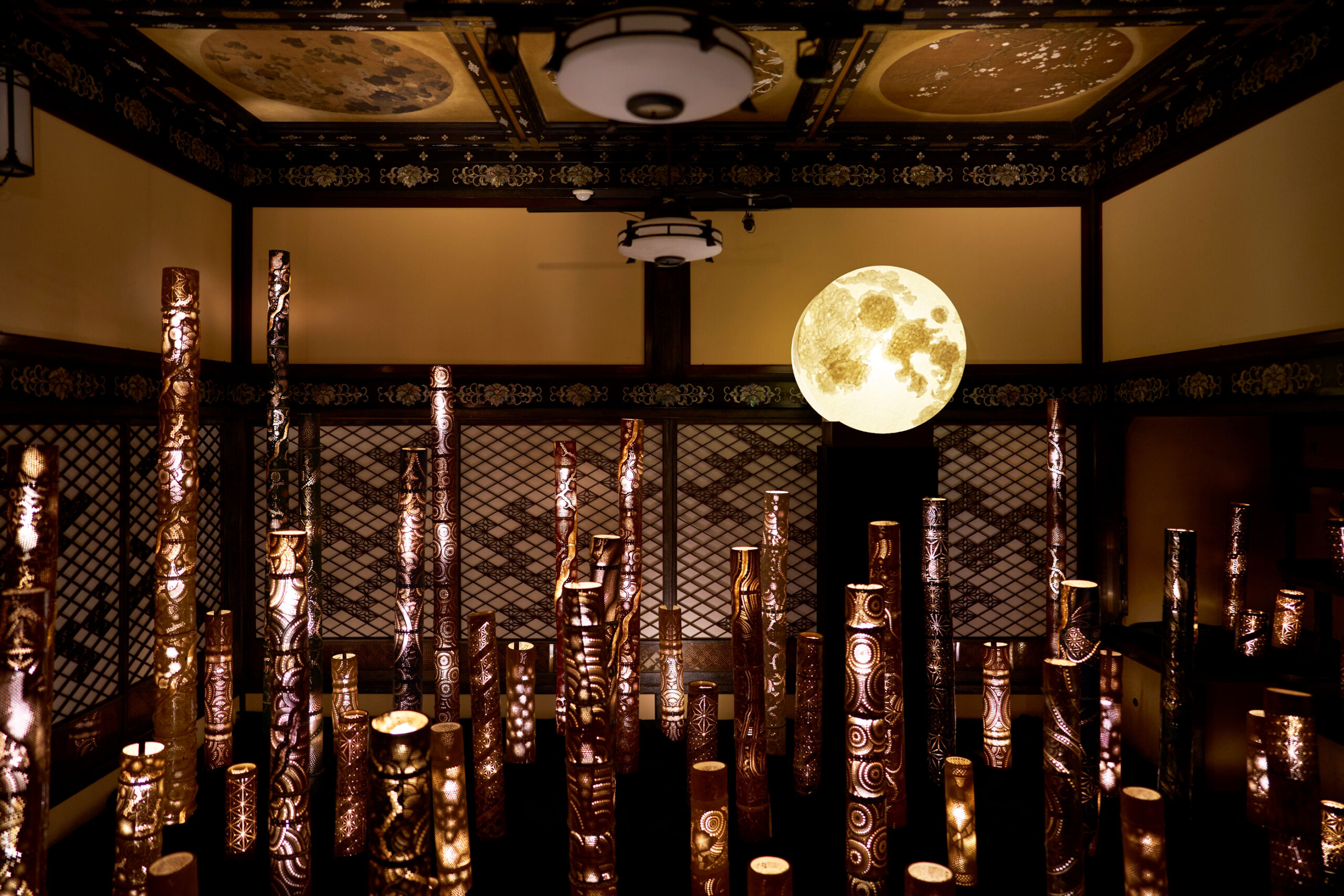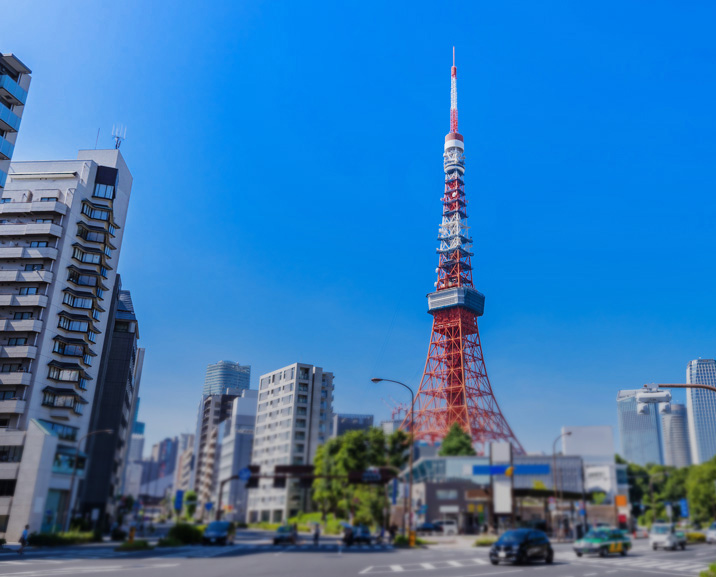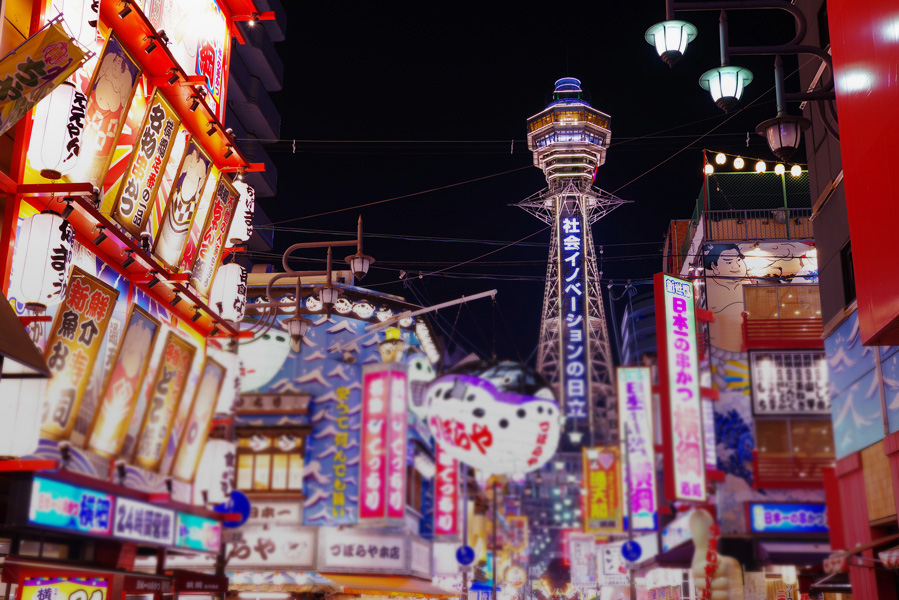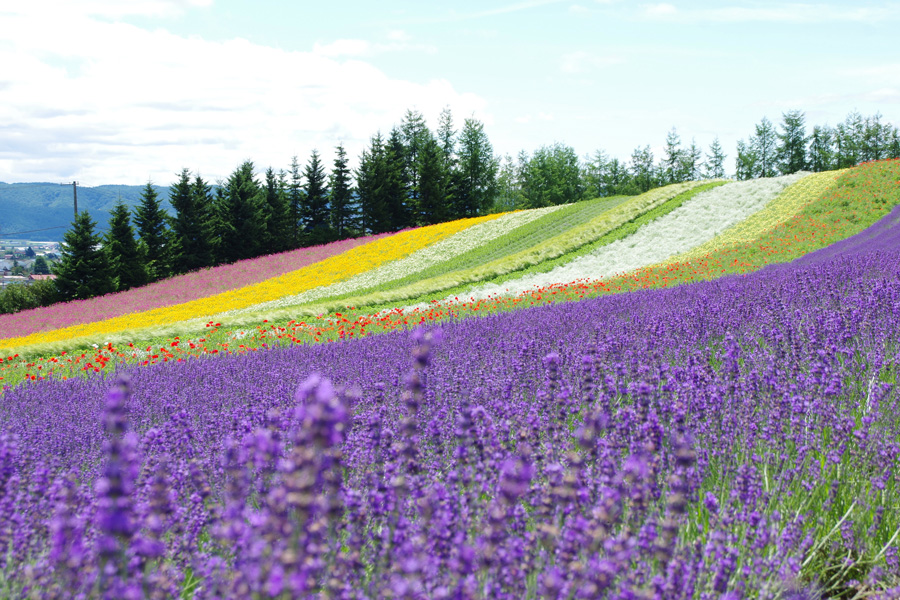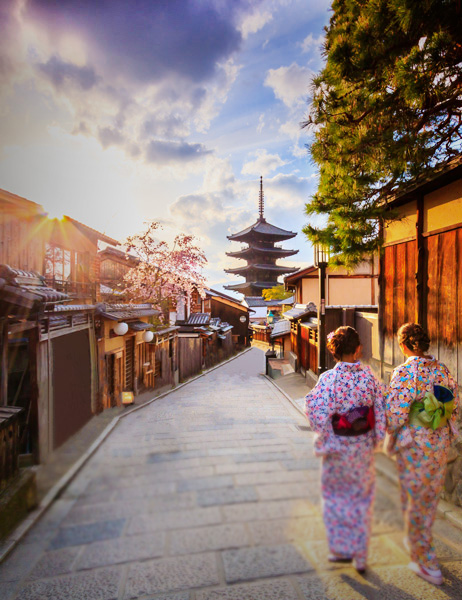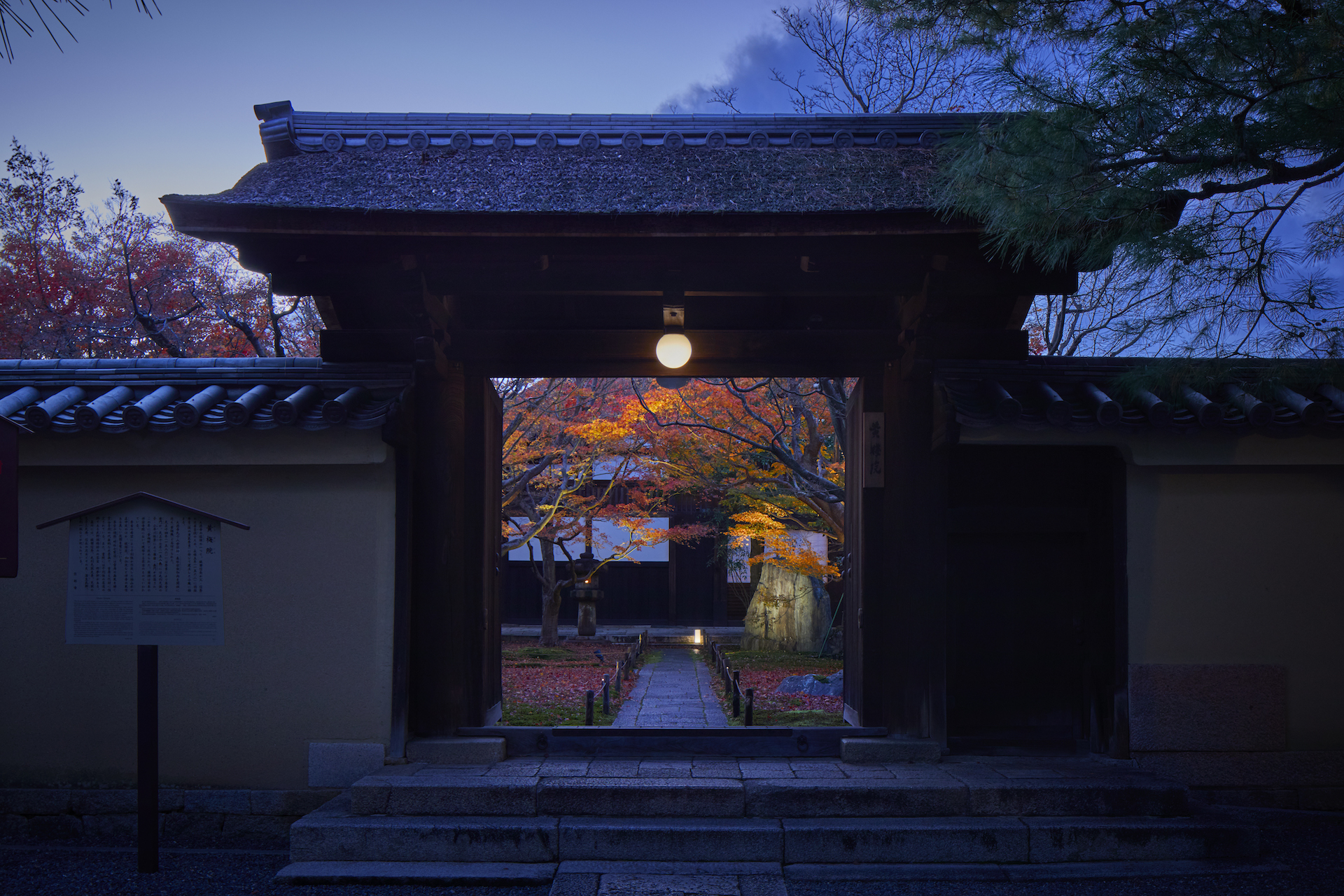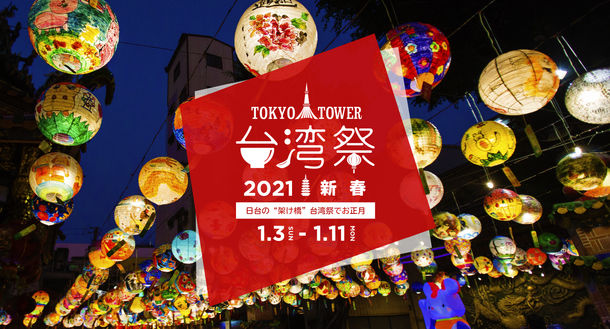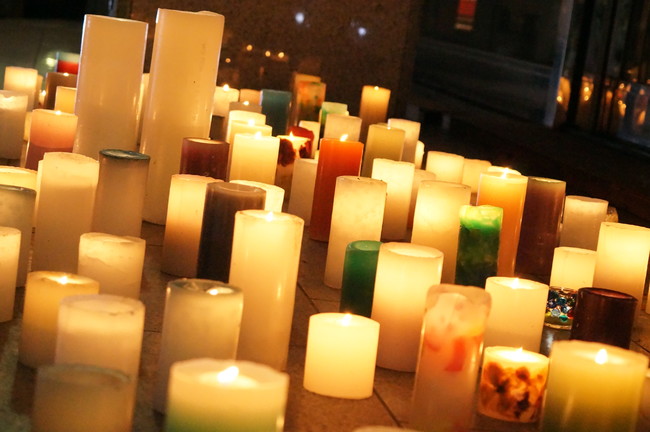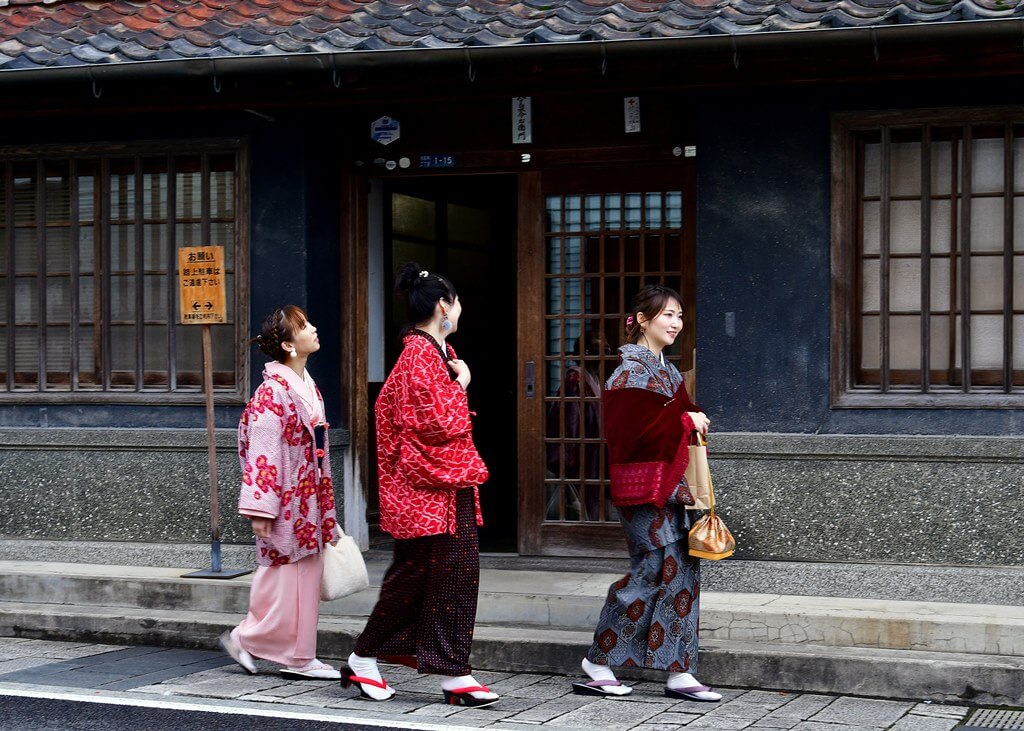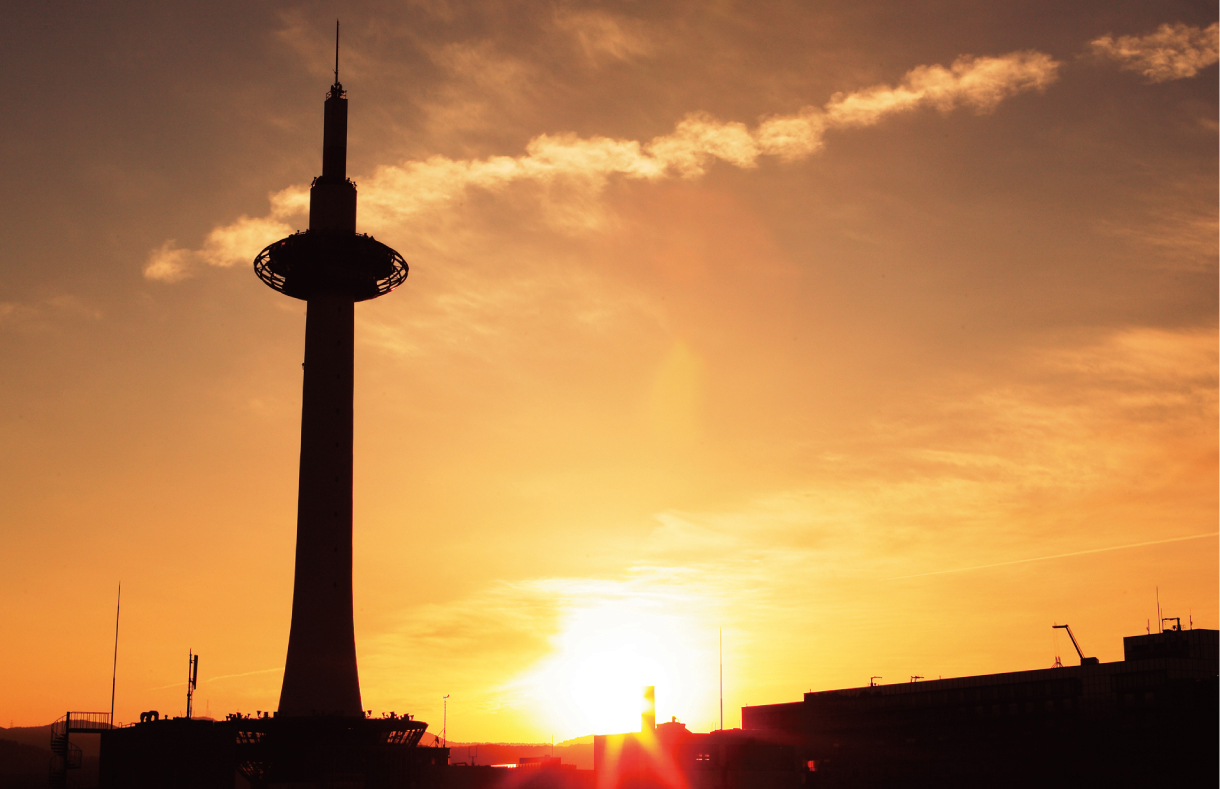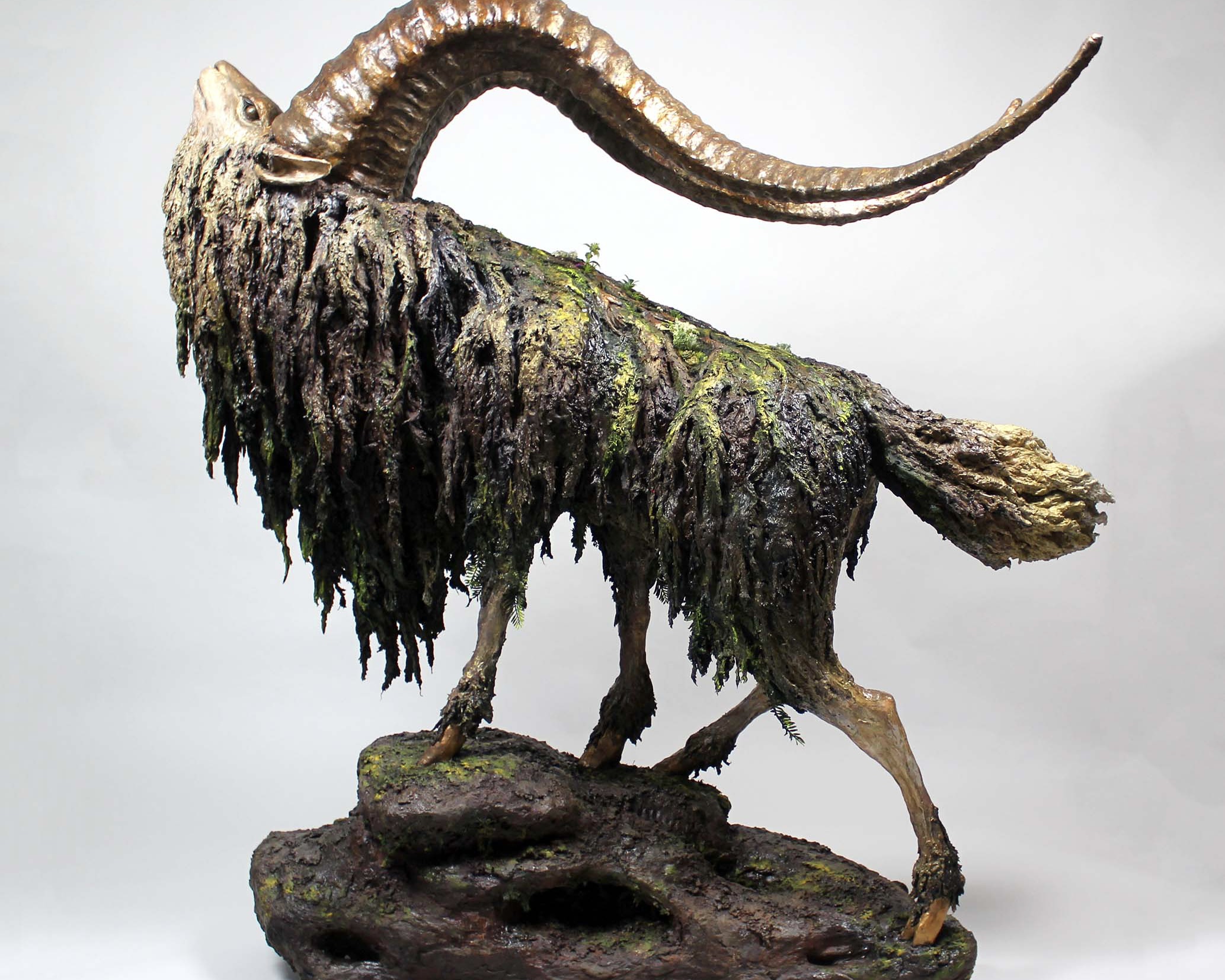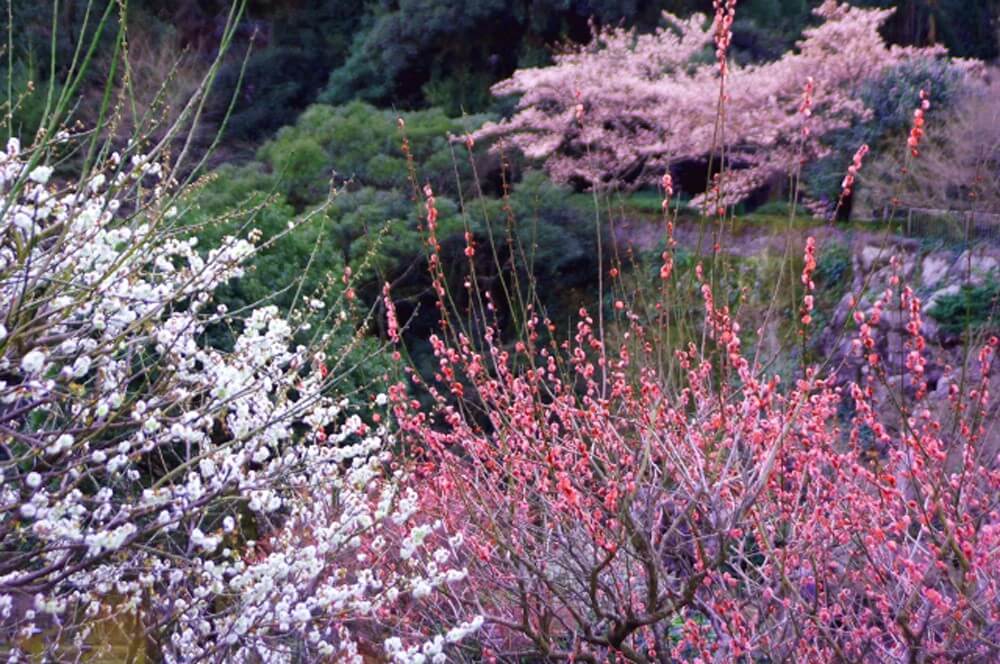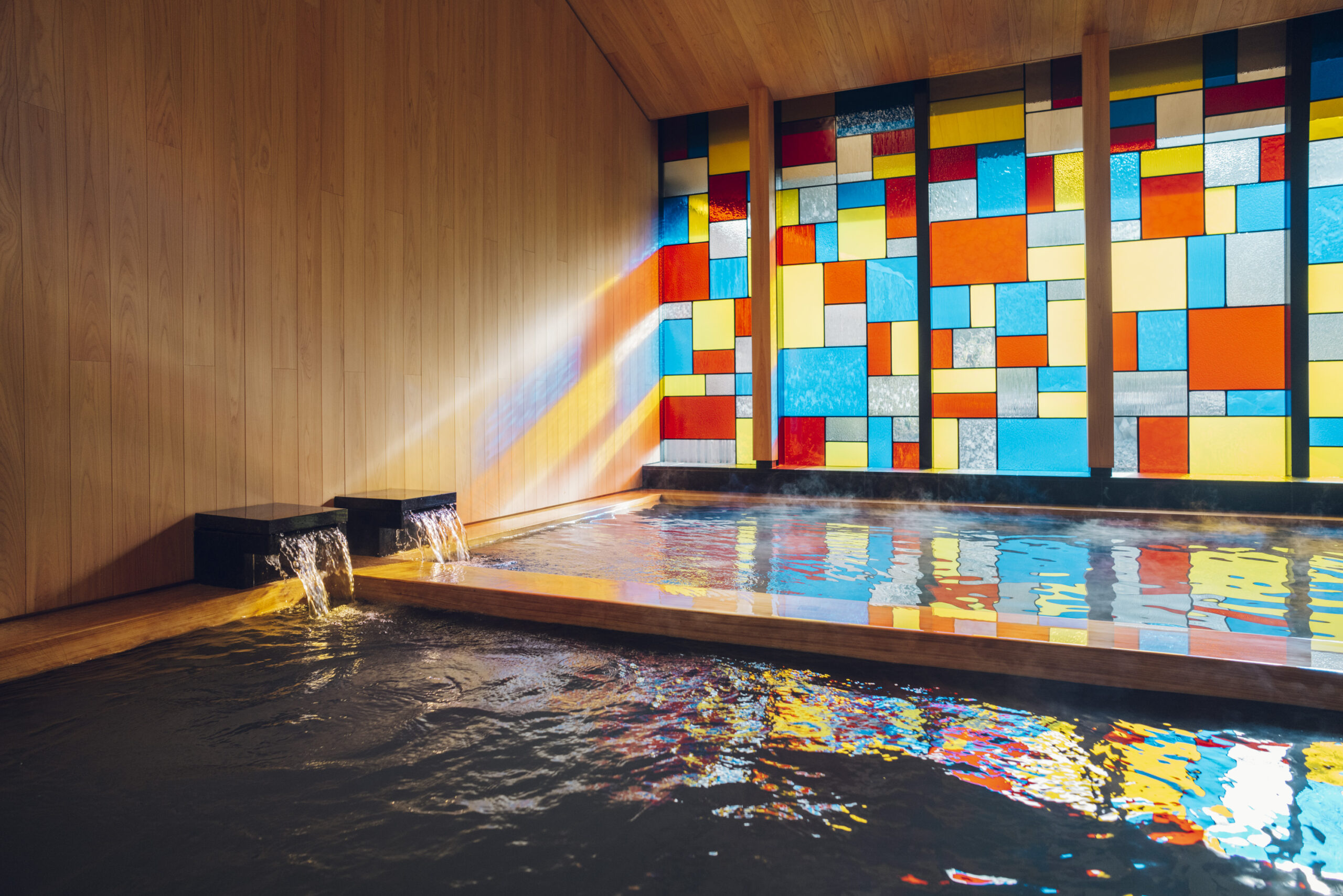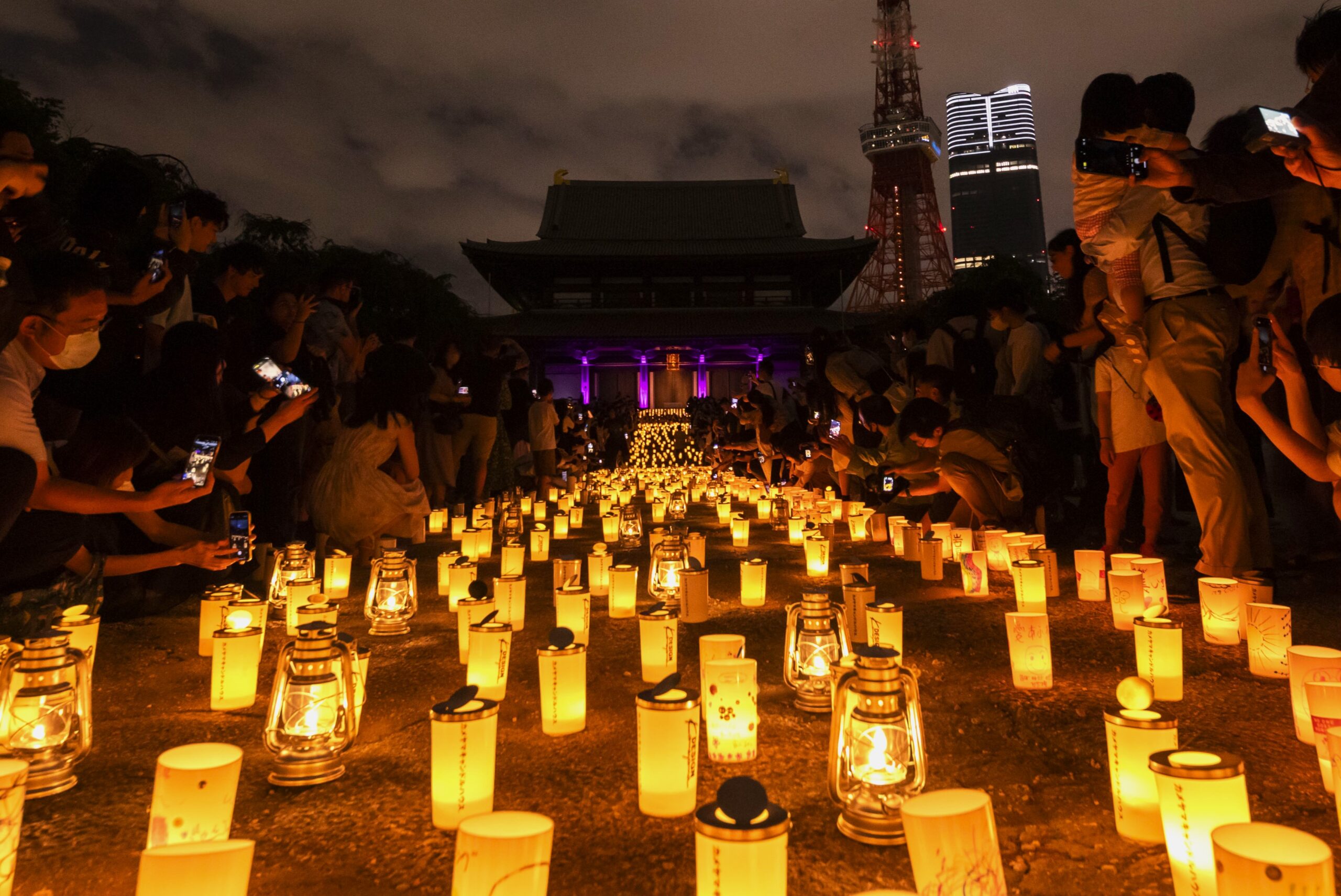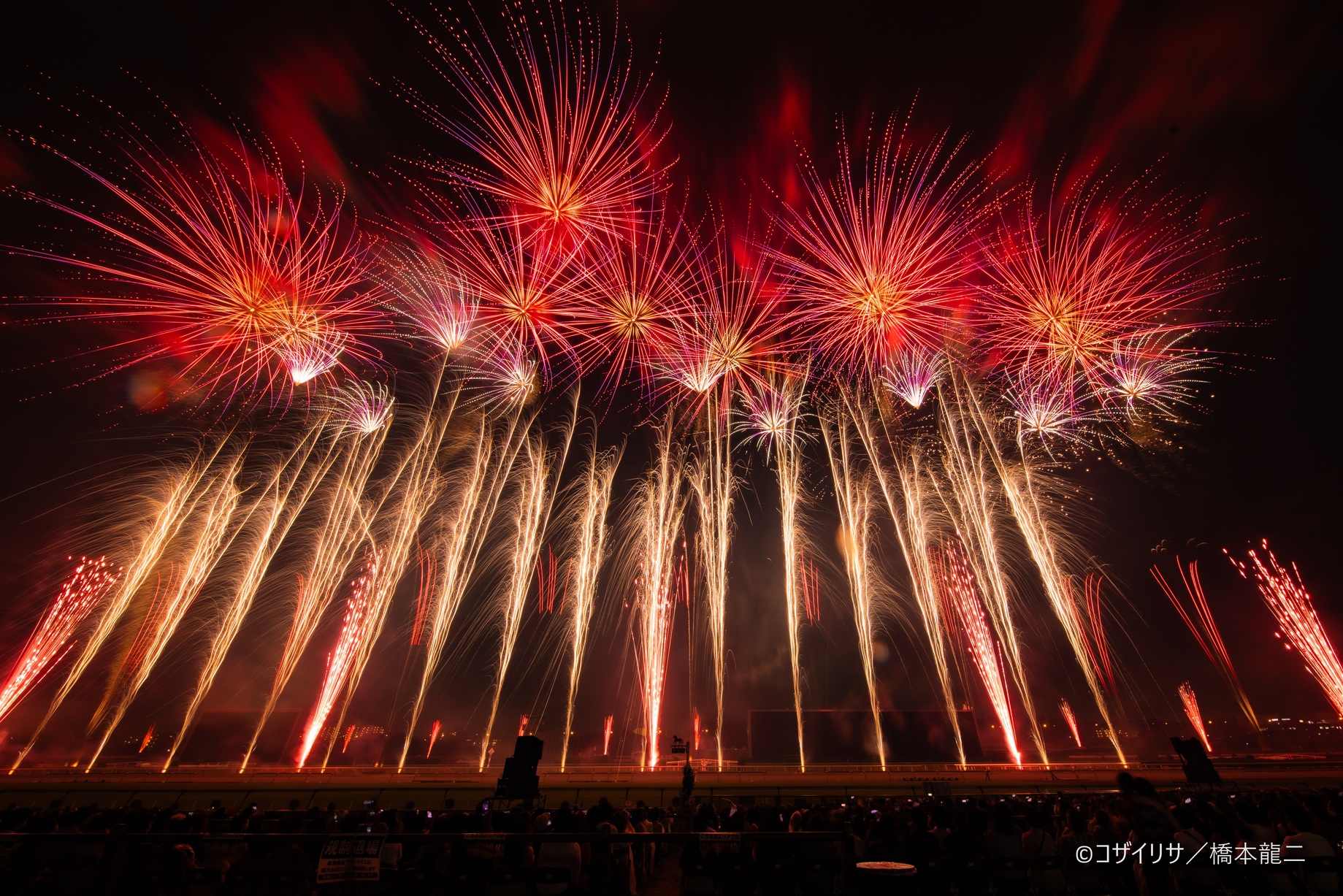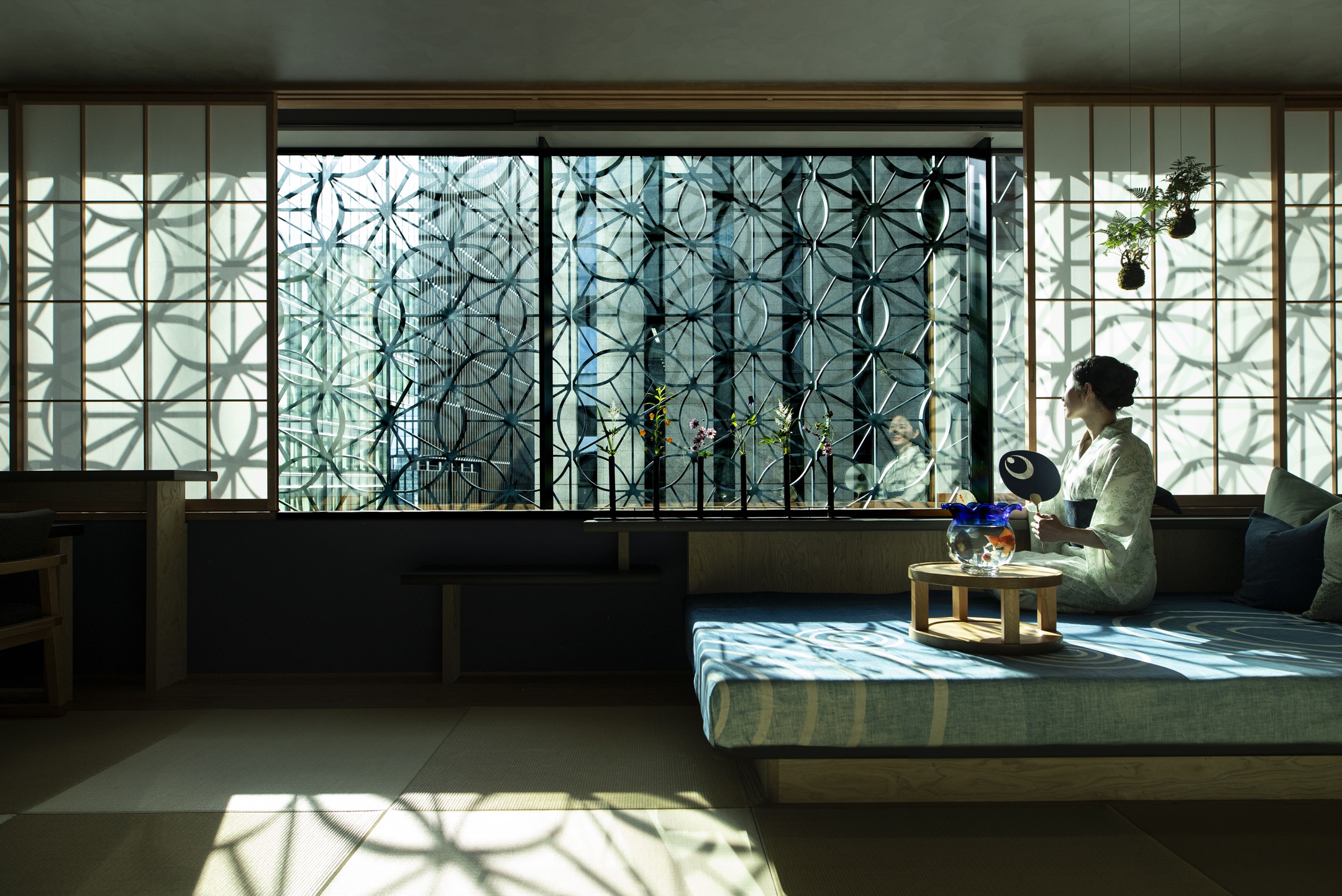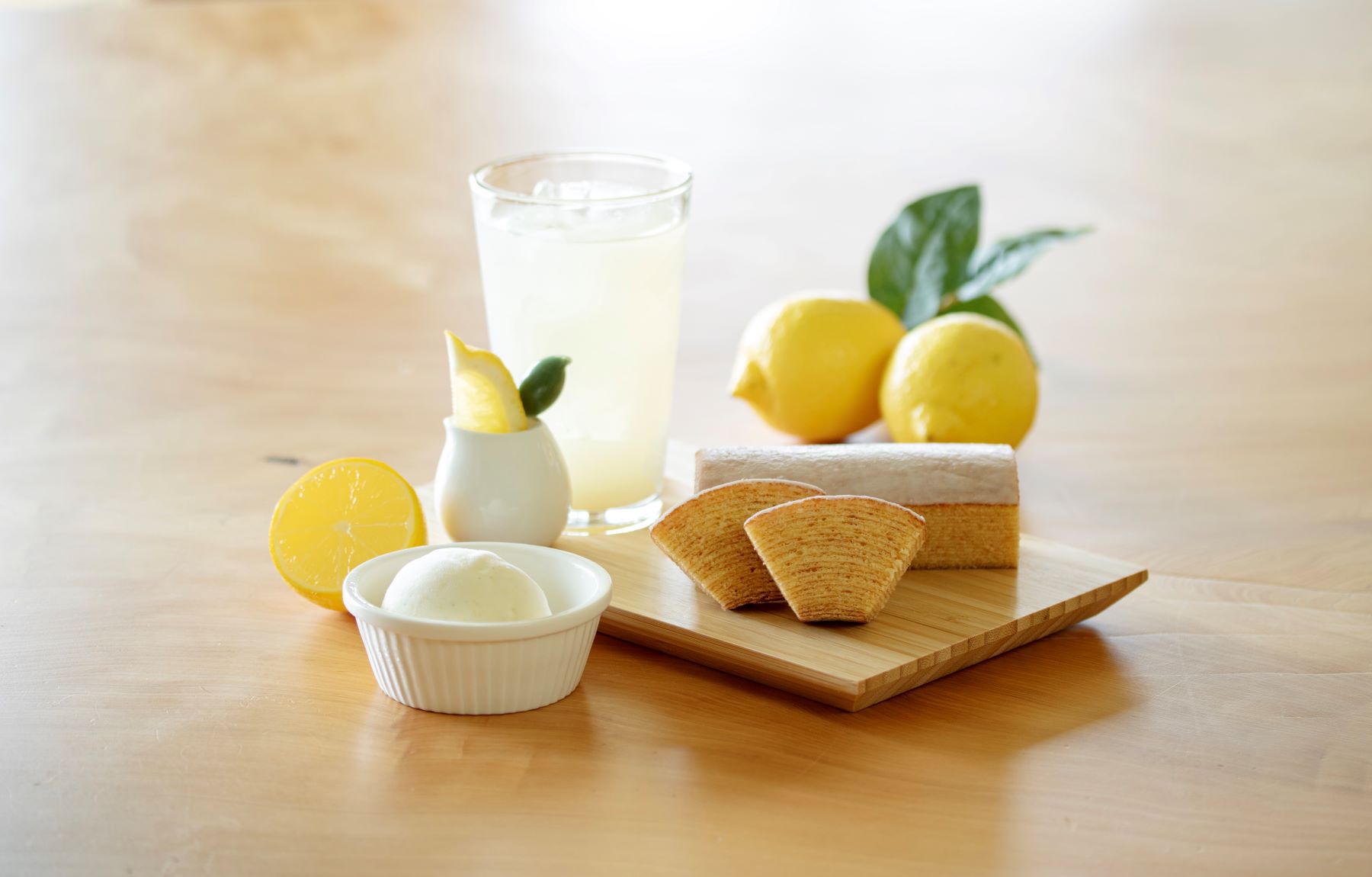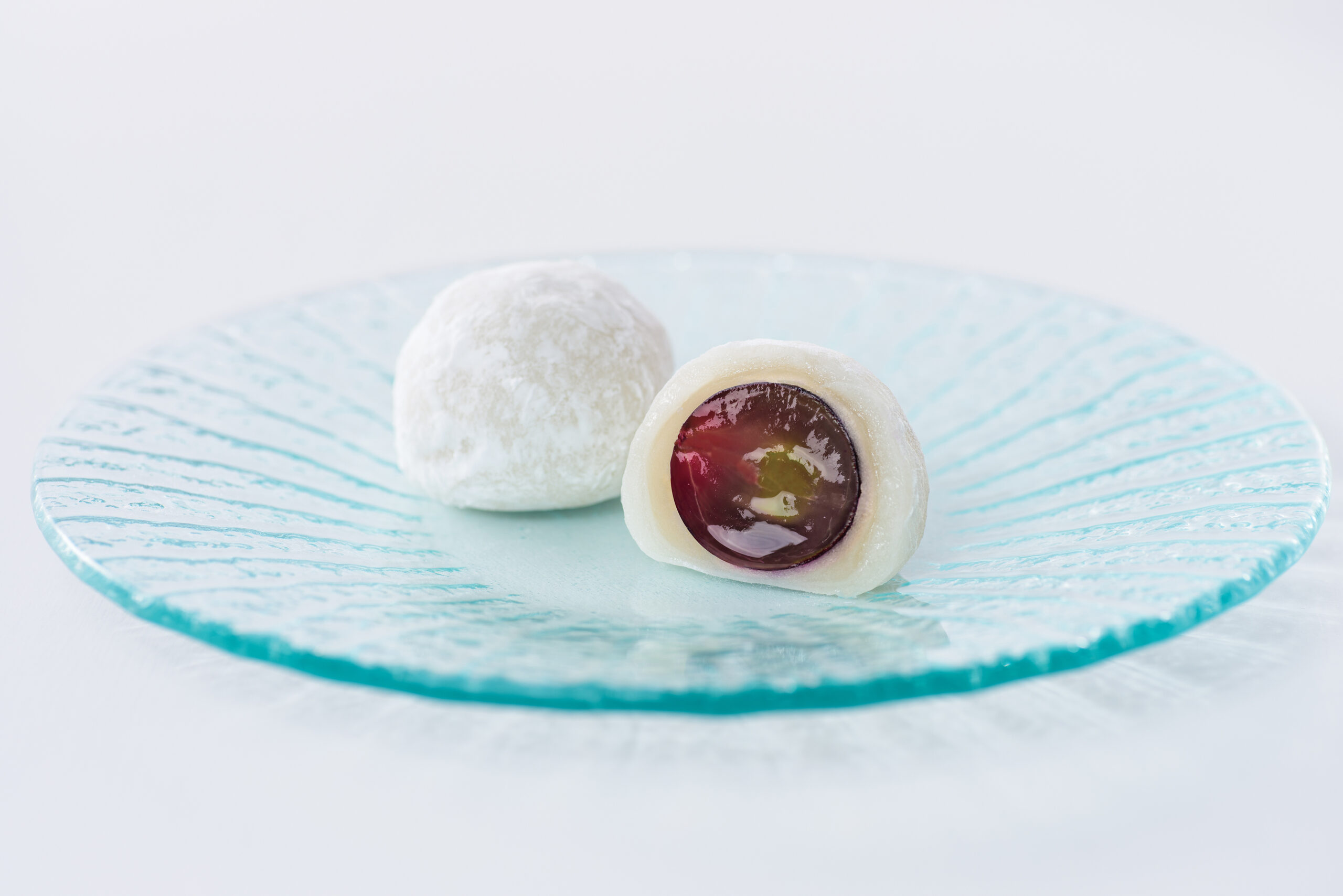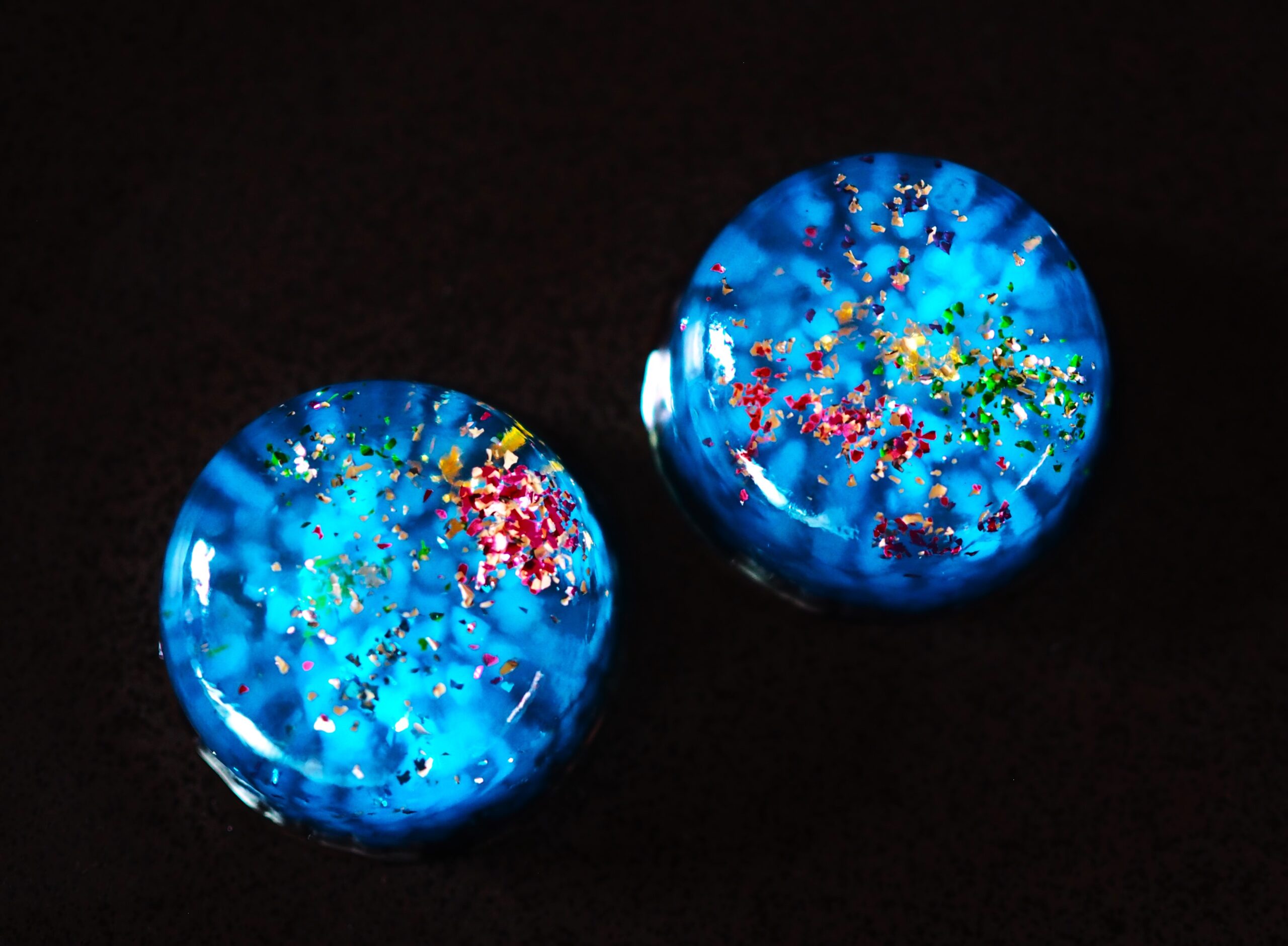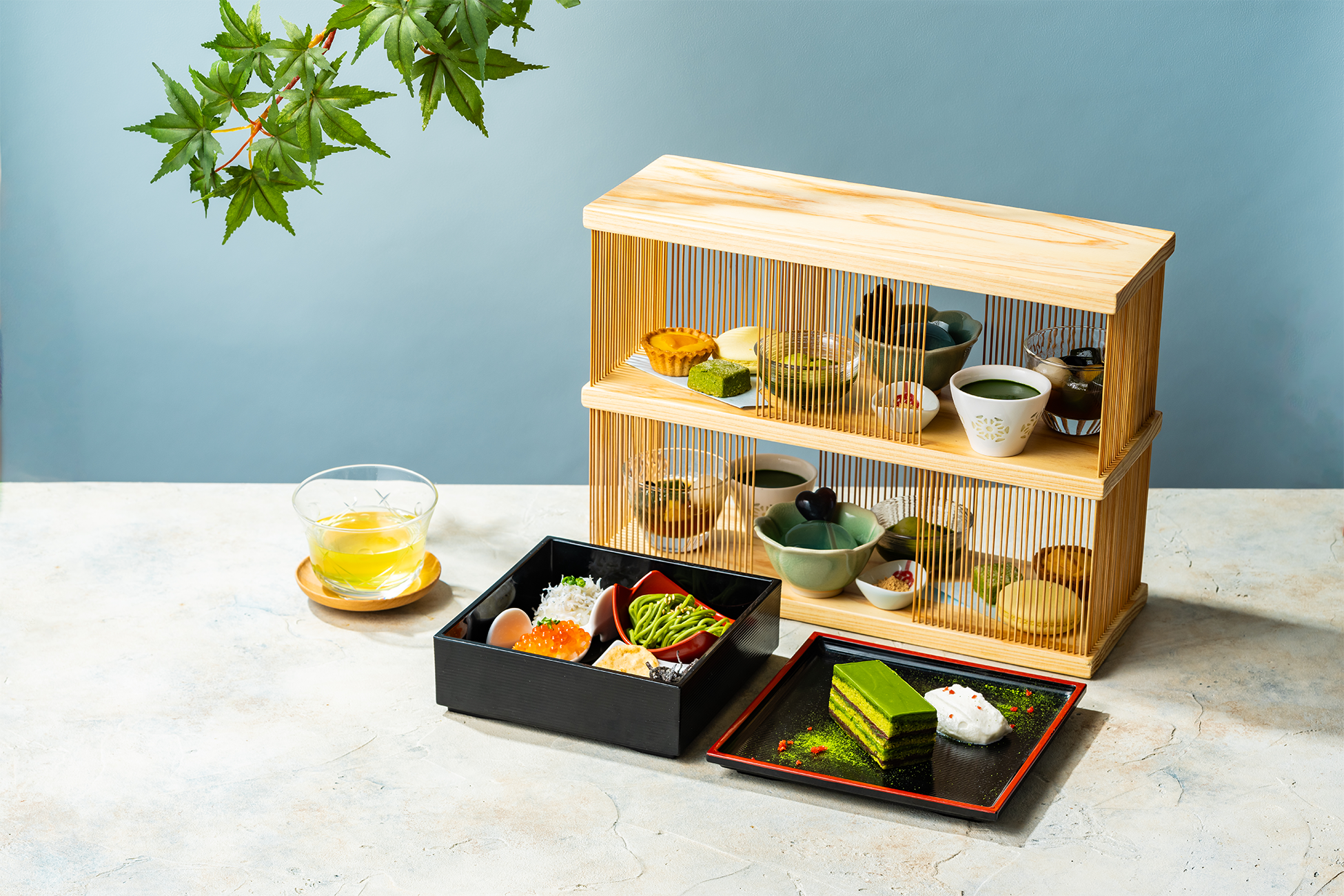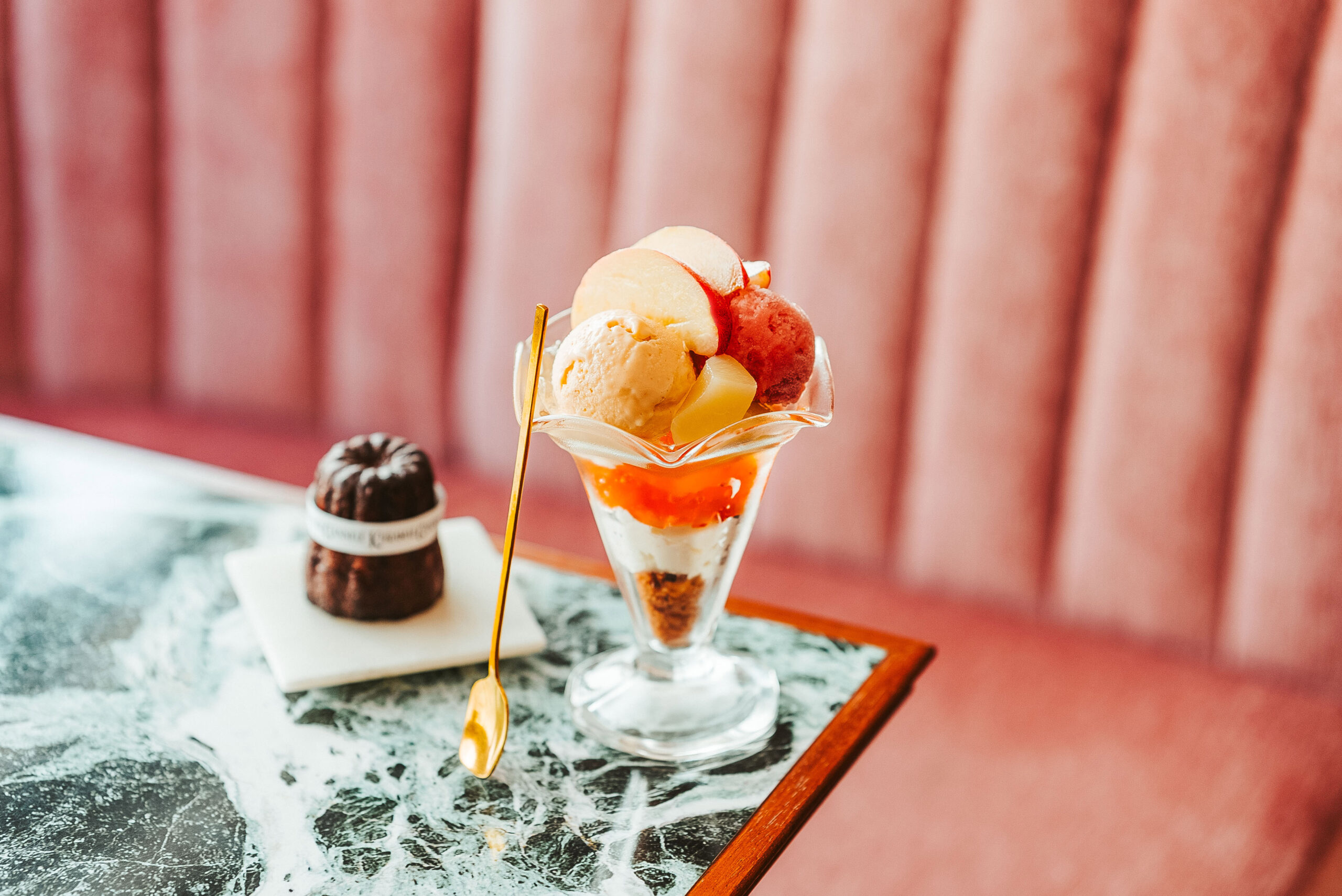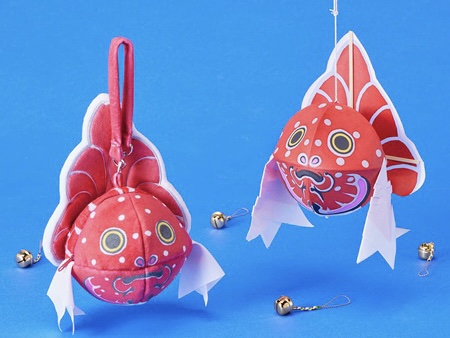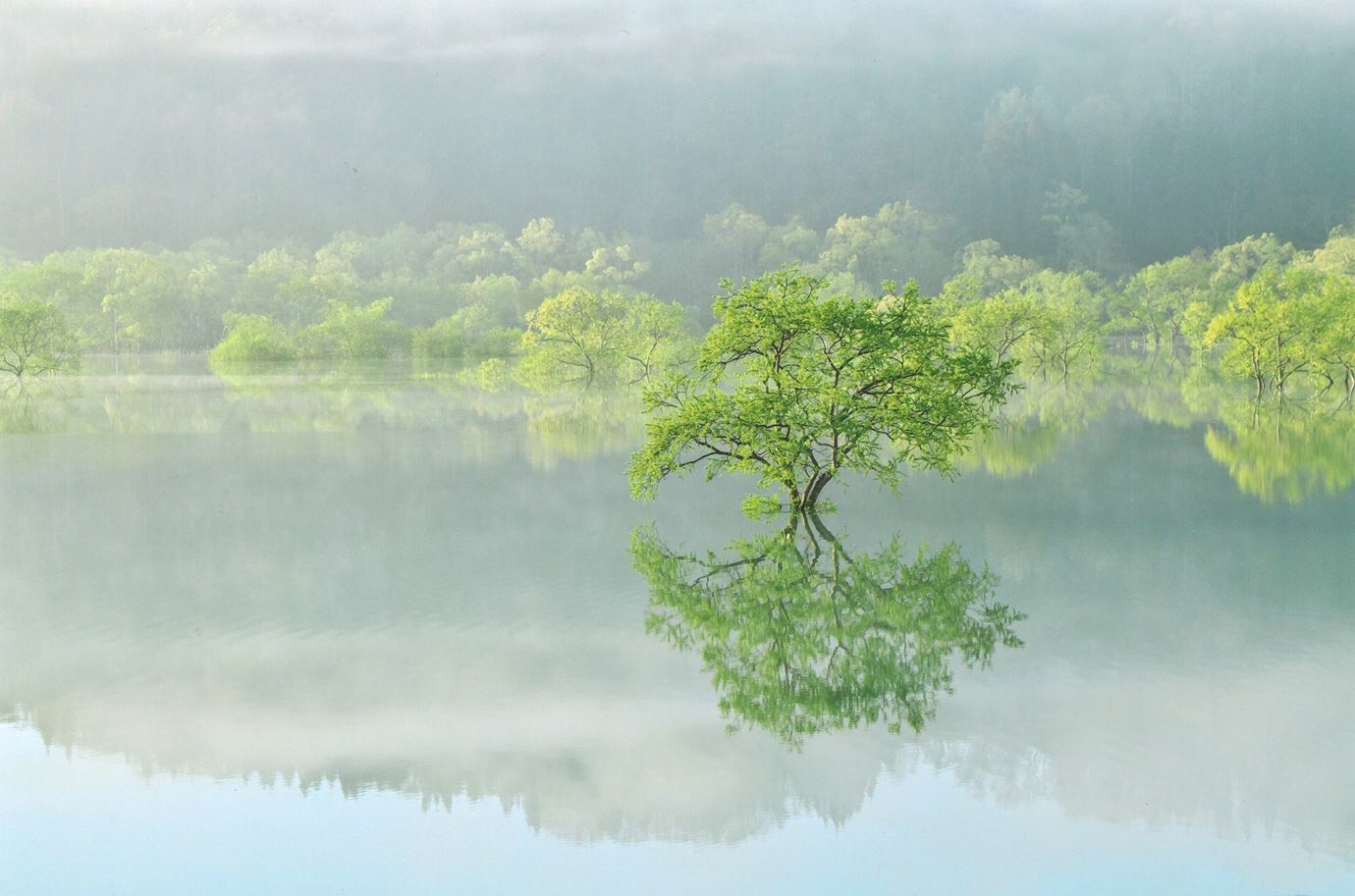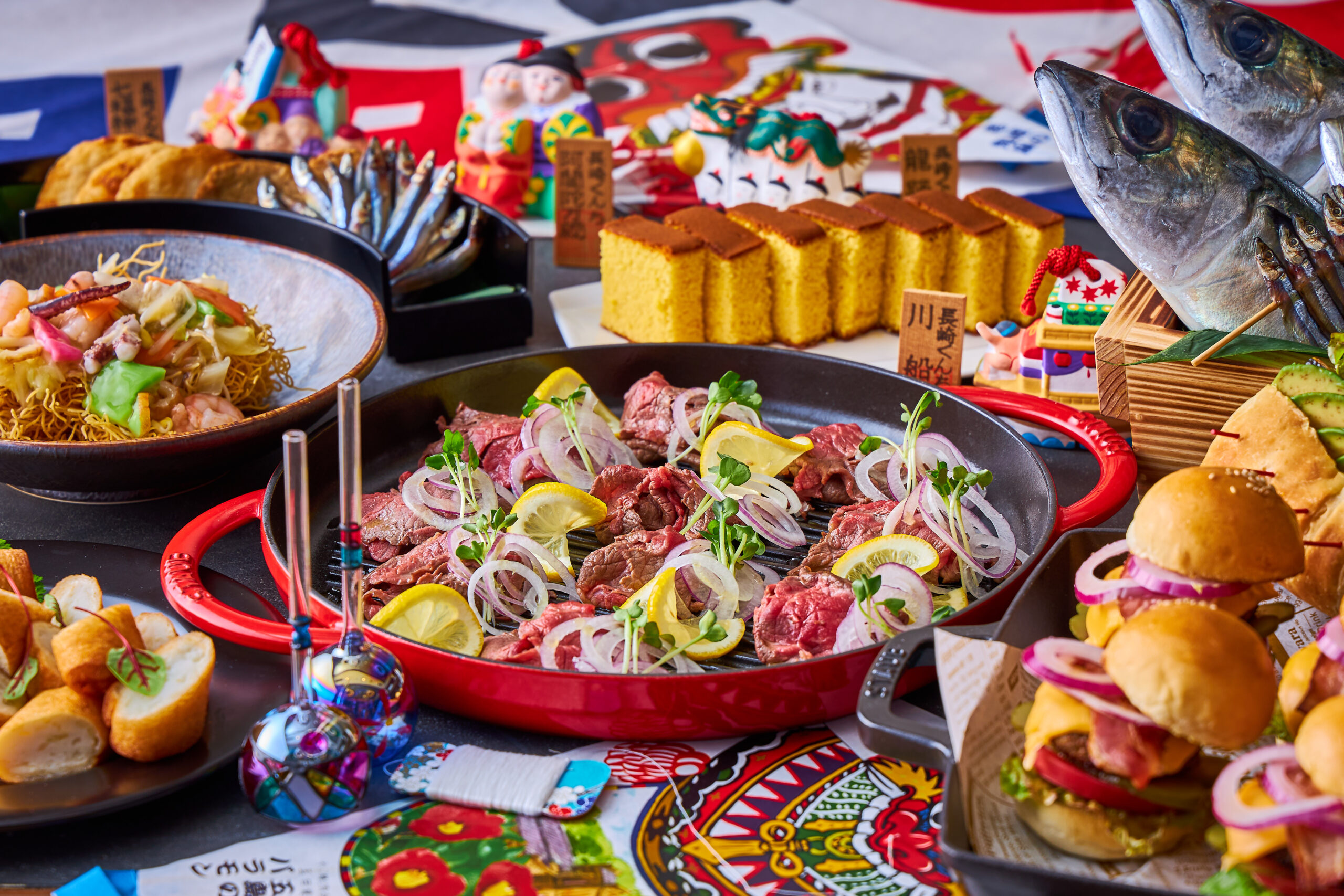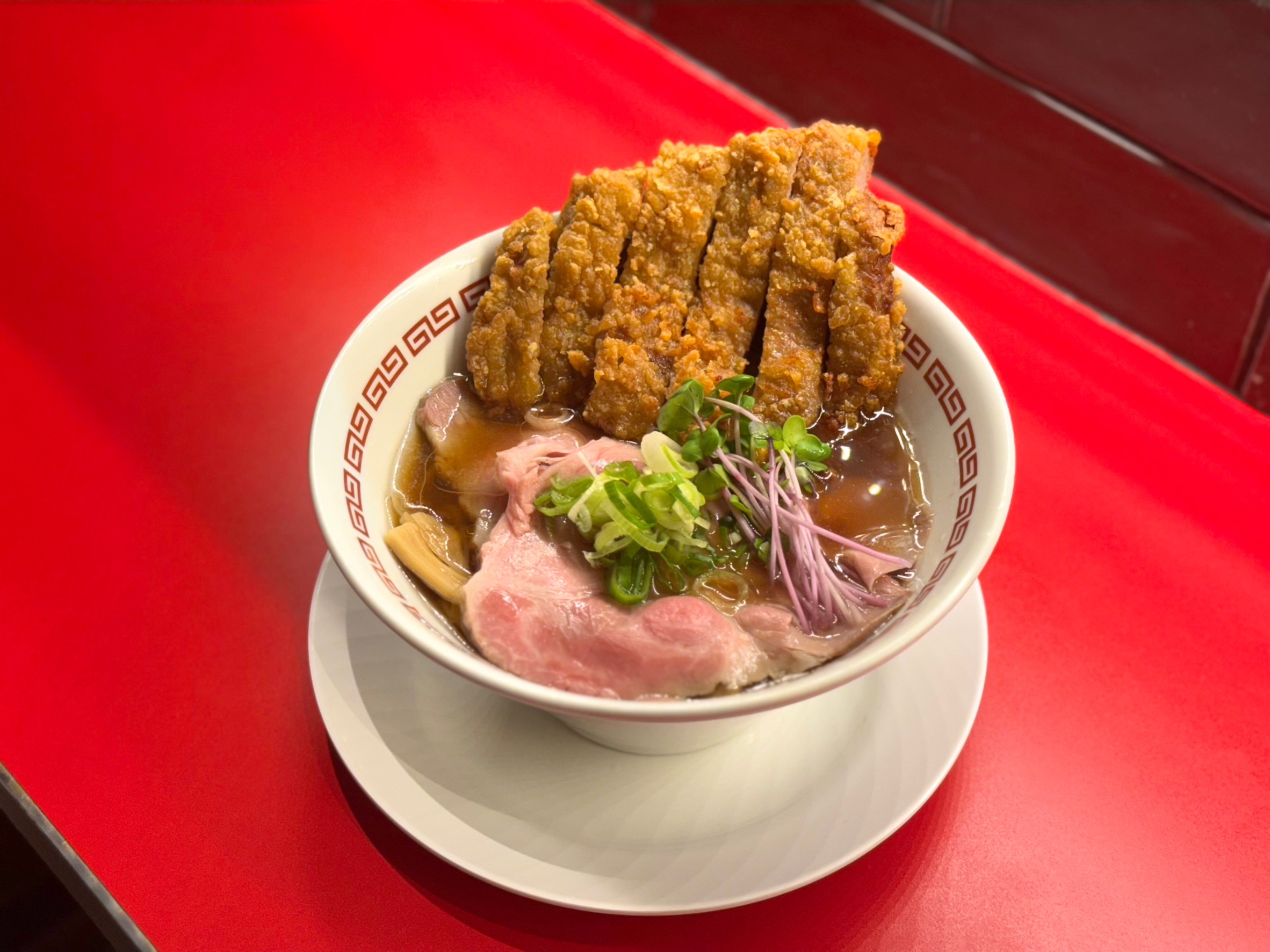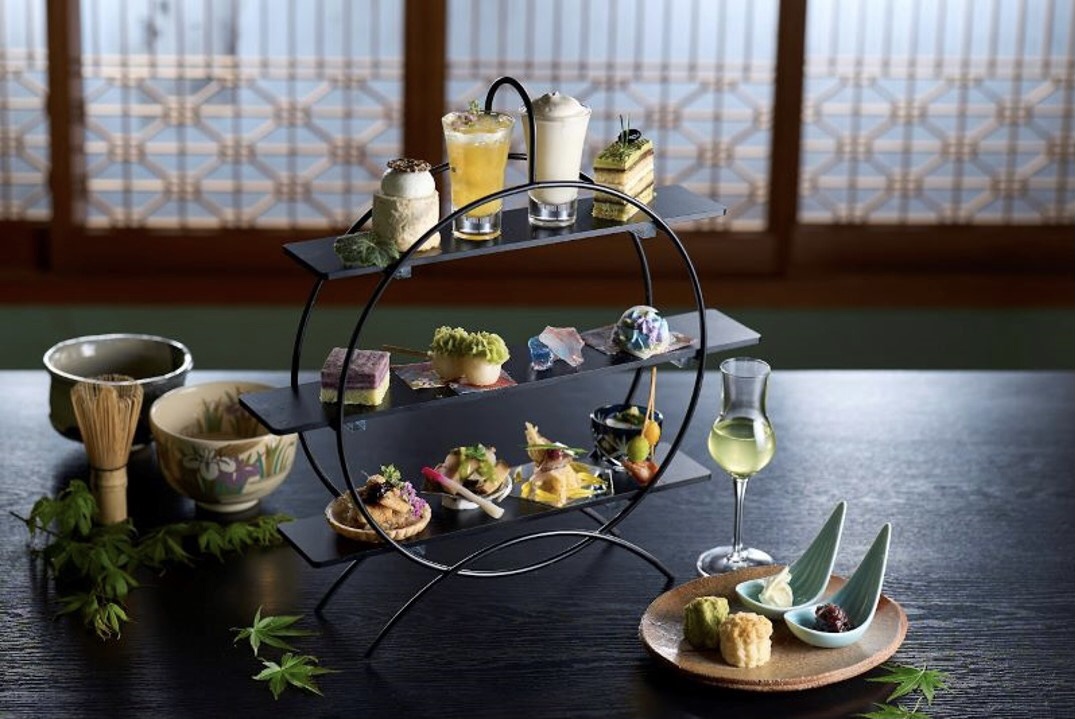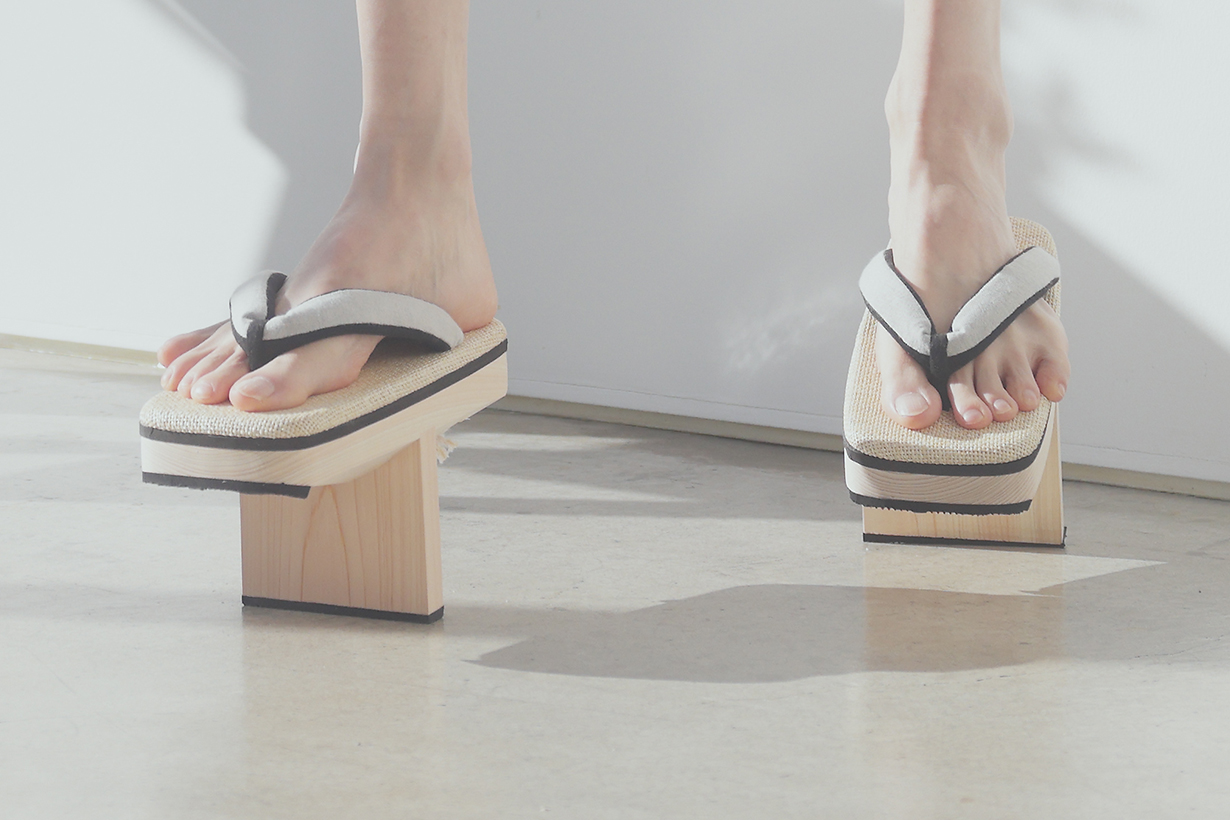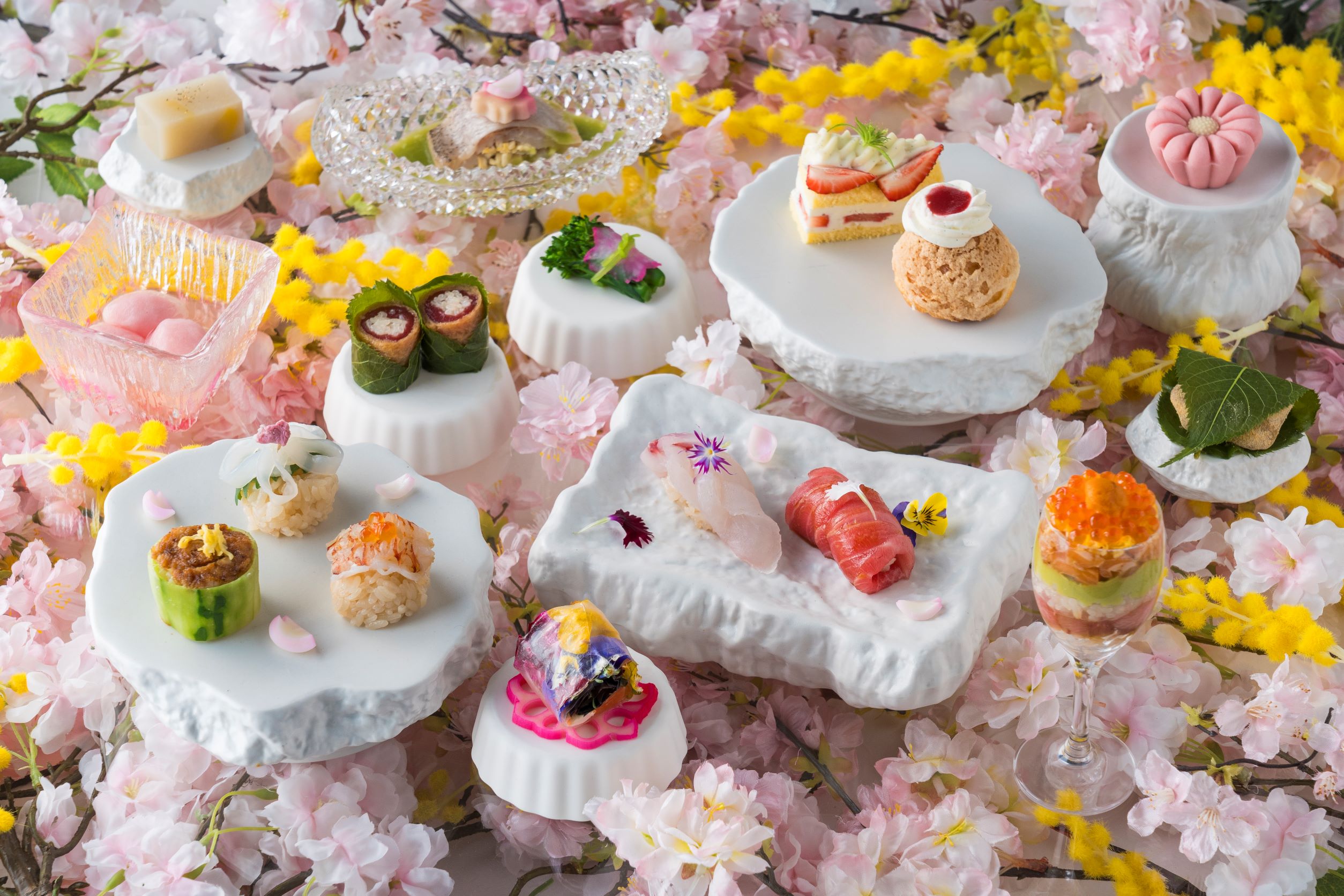Daitokuji Obai-in Temple “Kinshu Dinner” will be held on November 25 (Sat.) and 26 (Sun.), 2023, a two-day private event at Obai-in, the pagoda temple of Daitokuji Temple, known for its beautiful autumn foliage.
Koumei-in Temple is the pagoda temple of Daitoku-ji Temple, a Zen Buddhist temple of sturdy quality that was described by Emperor Godaigo as “Honcho Muso no Zen-en,” or the “Garden of Zen without peer” by the Japanese government. The beautifully landscaped garden is decorated with maple trees and moss, and attracts many visitors in late autumn as a famous place for viewing the autumn leaves.
In order to allow visitors to enjoy this famous temple in late autumn, we will hold a two-day dinner party at the reserved Koumei-in Temple, which will be lit up for the first time.
Traditional Japanese Music Performance (Hosho)
The sho is an instrument played in Gagaku, one of the world’s oldest ensemble music. It is also called “Ho-sho” (meaning “phoenix sho” in Japanese) because of its resemblance to a phoenix resting its wings, and it produces a sound that “reveals light shining down from the sky. It plays a refined, high-quality autumnal sound that is perfect for the Hwangmei-in Temple in late autumn.
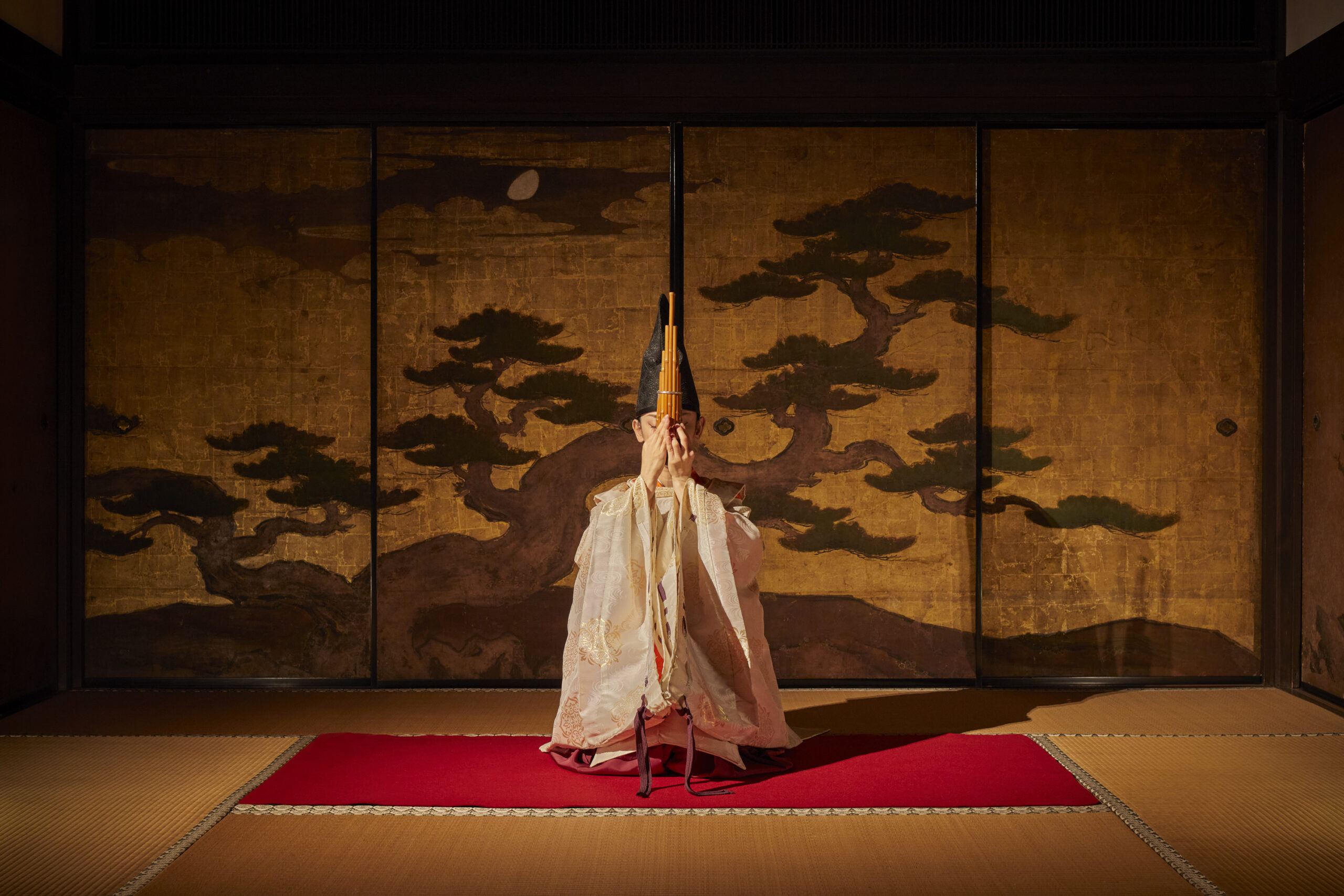
Kyoto Cuisine "Kinobu
Kyoto Cuisine Kinobu, established in 1935, is a long-established Kyoto cuisine restaurant that continues to offer refined flavors through constant innovation while preserving the traditions of Kyoto cuisine, such as polished techniques and delicate seasoning. They will offer a special “Nishiki Autumn Kaiseki Cuisine” for this occasion.

Daitokuji Temple, Koumein
This temple is the pagoda temple of Daitokuji Temple, the head temple of the Daitokuji School of the Rinzai Sect of Zen Buddhism. It dates back to 1562, when 28-year-old Oda Nobunaga built a small hermitage, “Koumeian,” in memory of his father, Nobuhide, on his first visit to Kyoto.
The bell used in the bell tower was presented by Kiyomasa Kato. The temple is closely associated with warring feudal lords and cultural figures of the Momoyama period (1568-1600), such as Sen no Rikyu, who created the “Jichu-no-niwa” garden with an empty pond in the shape of a gourd, Hideyoshi’s military banner.
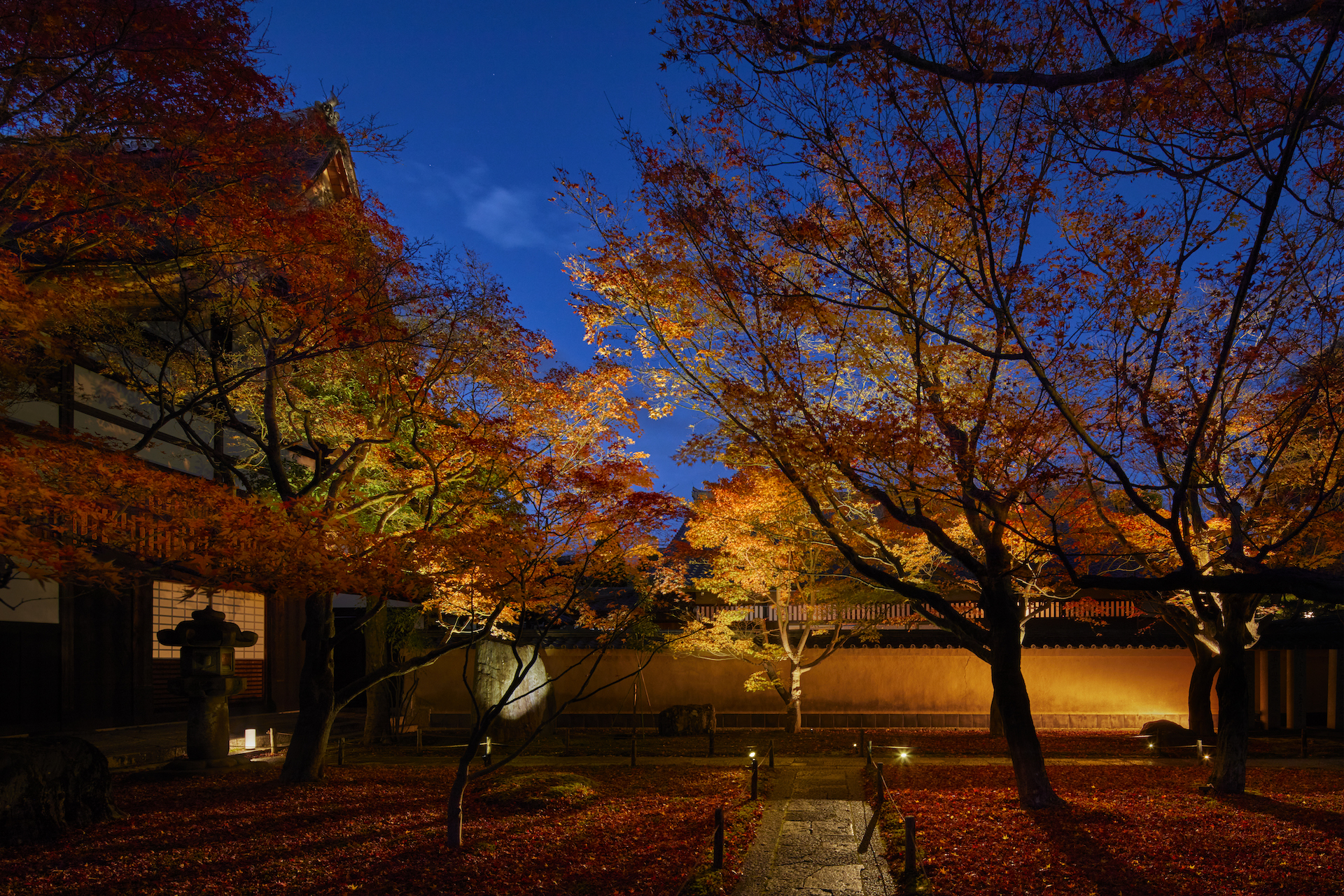
| Date & Time: |
Saturday, November 25 and Sunday, November 26, 16:45 – 20:15 |
| Location: |
Daitokuji Obai-in Temple |
| capacity: |
Limited to 25 people per day ※Fully pre-booked |
| Entrance fee: |
100,000 yen per person (tax included) |
| How to participate: |
advance reservation required |
>Click here to make a reservation
